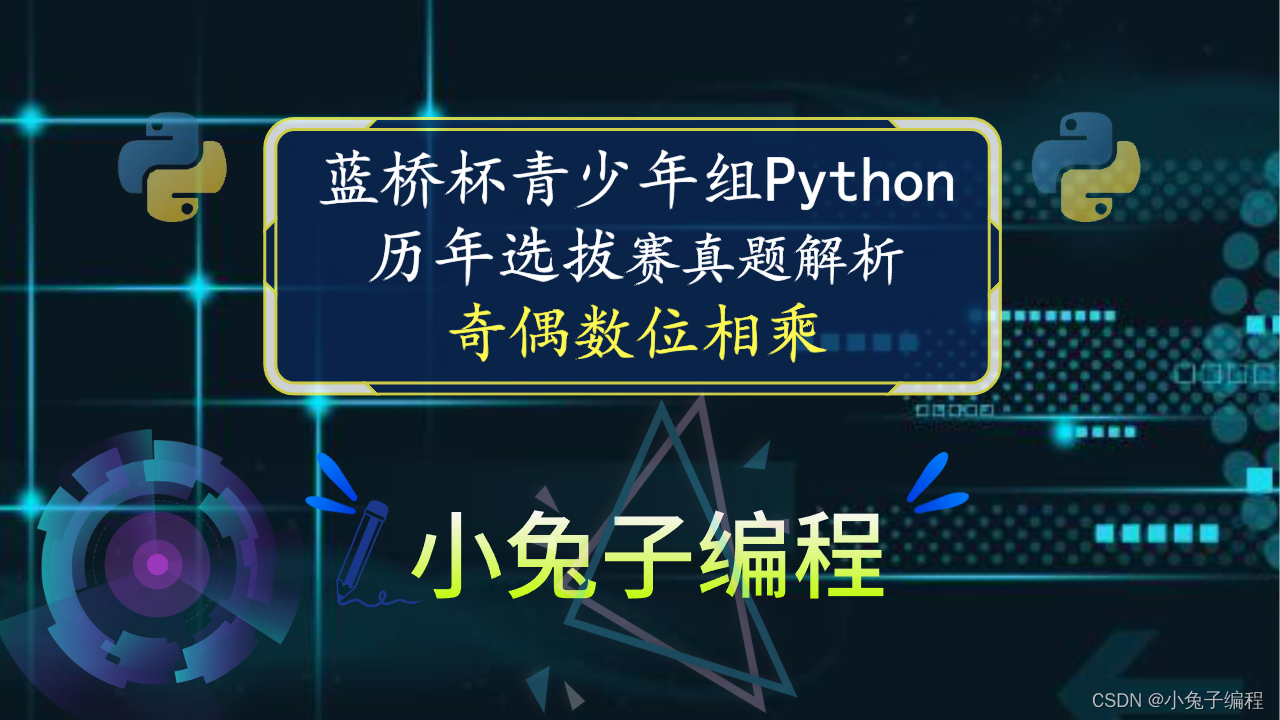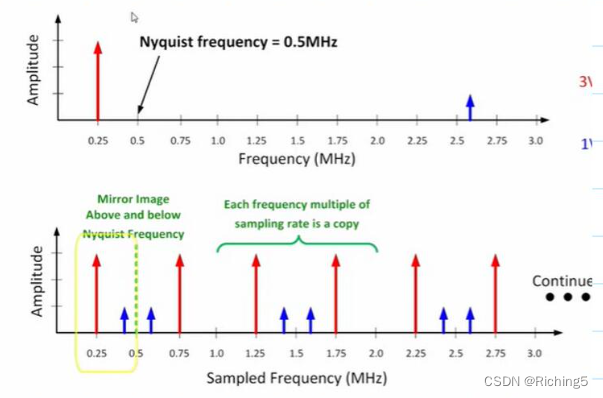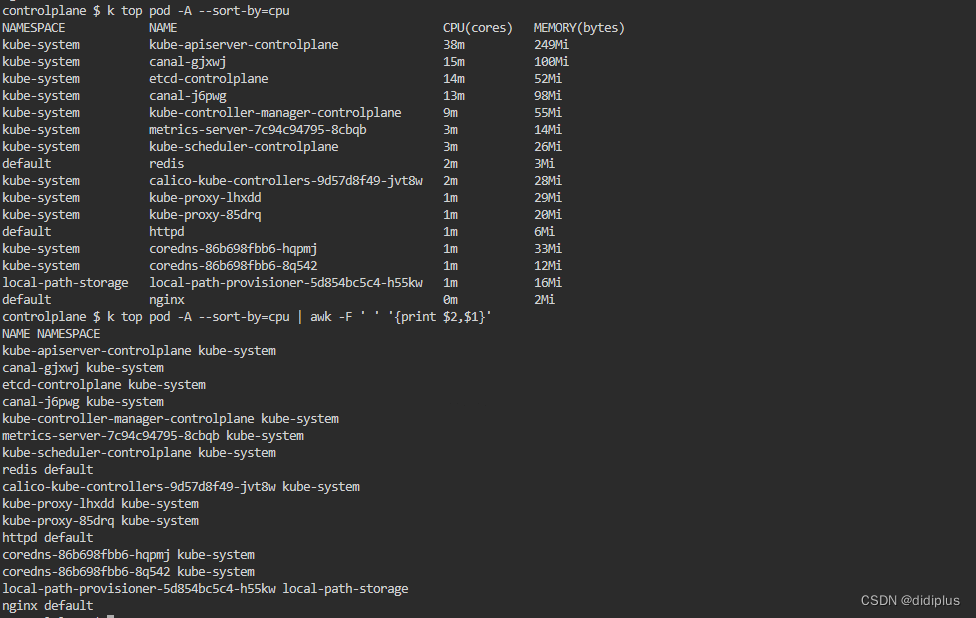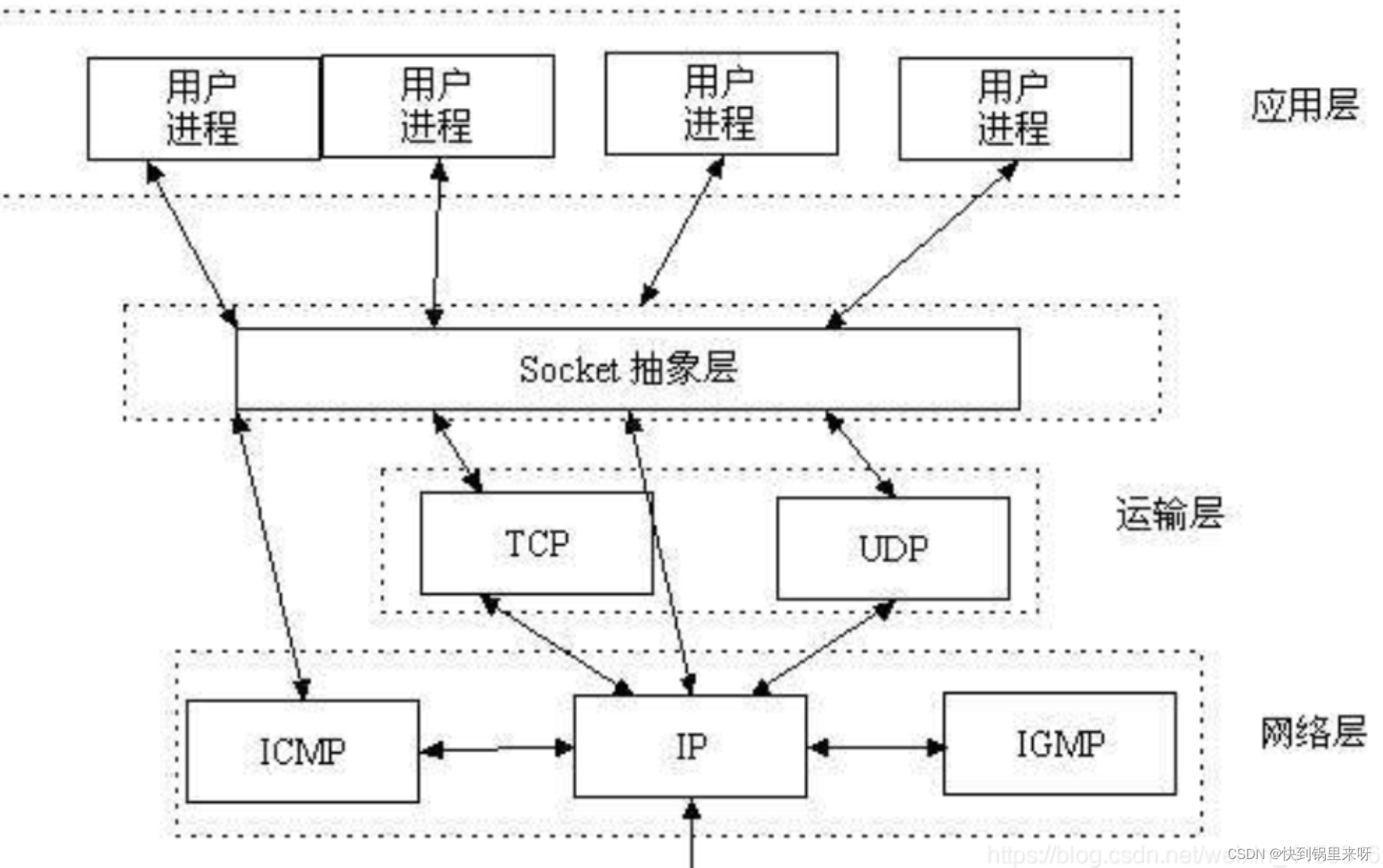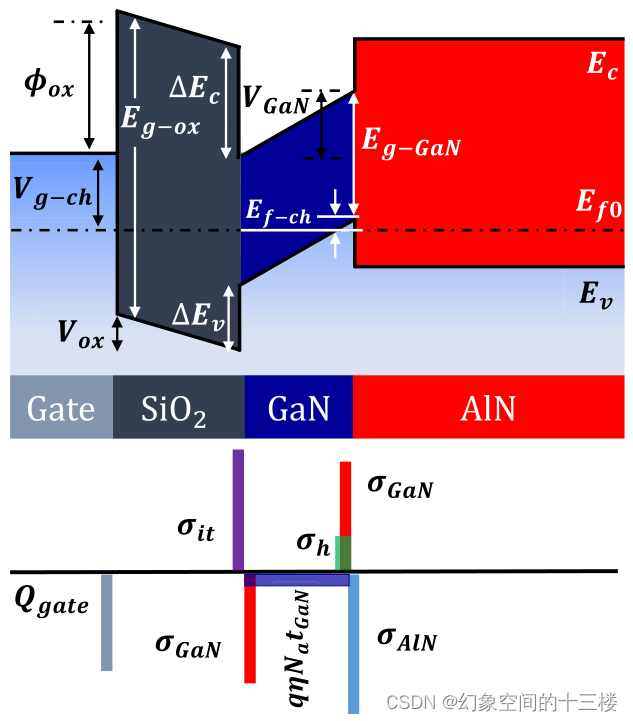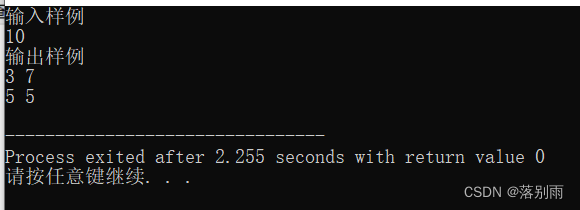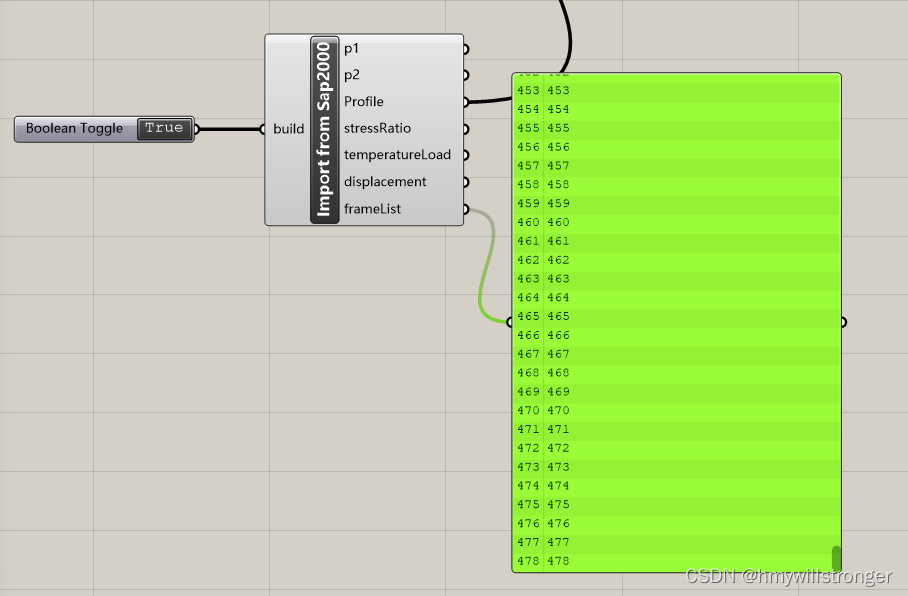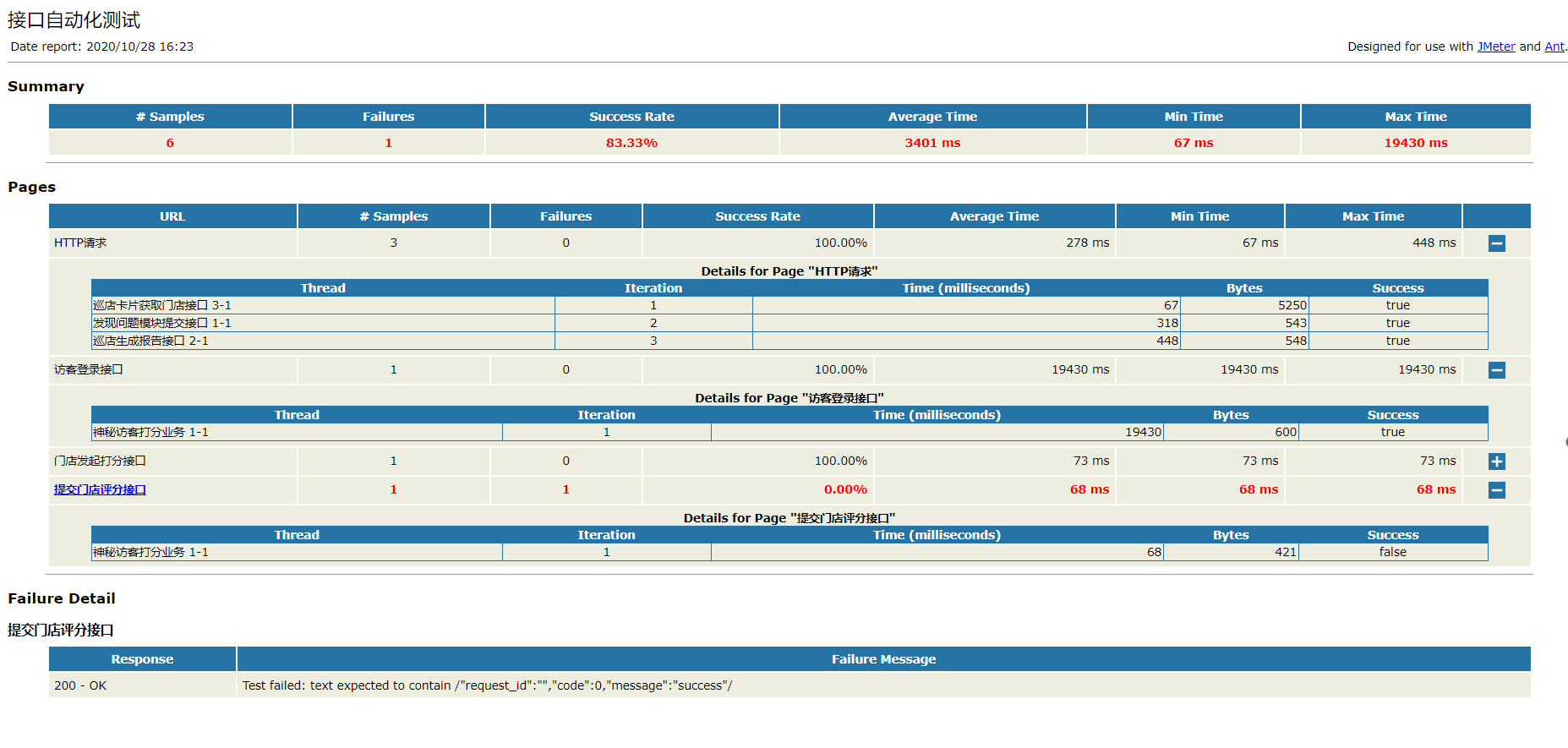文章目录
- 系列文章
- packages/runtime-dom/src/index.ts
- 初始化
- 创建renderer
- mount
- \src\runtime-core\component.js
- h.ts
- packages/runtime-core/src/renderer.ts
- 挂载及卸载DOM节点
- render
- packages/runtime-dom/src/nodeOps.ts
- packages/runtime-core/src/apiCreateApp.ts
- 创建app
- mount
- packages/runtime-core/src/vnode.ts
- 创建虚拟节点
- createVNode
- 来源
系列文章
【前端】Typescript入门
【Vue3】源码解析-前置
【Vue3】源码解析-响应式原理
【Vue3】源码解析-虚拟DOM
【Vue3】源码解析-编绎模块
【Vue3】源码解析-Runtime
packages/runtime-dom/src/index.ts
初始化
vue主入口文件中,引入导出了runtime-dom和compiler,而createApp就是来自runtime-dom
// packages/runtime-dom/src/index.ts
export const createApp = ((...args) => {
const app = ensureRenderer().createApp(...args)
if (__DEV__) {
injectNativeTagCheck(app) // 在dev环境***册一个方法isNativeTag,挂载到app.config下面
}
const { mount } = app
app.mount = (containerOrSelector: Element | ShadowRoot | string): any => {
// ...
}
return app
}) as CreateAppFunction<Element>
在该函数内部中通过调用ensureRenderer()和createApp(…args)创建了app实例并把实例返回出去,因此我们可以在app实例中安装插件,设置全局指令等等。这其中又是怎么实现的呢?
创建renderer
ensureRenderer()函数的用途是什么呢?
// packages/runtime-dom/src/index.ts
function ensureRenderer() {
return renderer || (renderer = createRenderer<Node, Element>(rendererOptions))
我们可以看到调用该函数后返回一个renderer,若没有renderer则调用createRenderer来进行创建。
而这边的createRenderer则是来自runtime-core
// packages/runtime-core/src/index.ts
export function createRenderer<
HostNode = RendererNode,
HostElement = RendererElement
>(options: RendererOptions<HostNode, HostElement>) {
return baseCreateRenderer<HostNode, HostElement>(options)
}
该函数接收一个RendererOptions作为参数,其实际是调用了baseCreateRenderer并将options传入
传入的RendererOptions是什么?为什么在runtime-dom传入,又在runtime-core拆解。
// packages/runtime-dom/src/index.ts
const rendererOptions = extend({ patchProp, forcePatchProp }, nodeOps)
mount
当创建完app实例后,现在让我们开始进行mount(‘#app’),让我们重新进入createApp
// packages/runtime-dom/src/index.ts
export const createApp = ((...args) => {
const app = ensureRenderer().createApp(...args)
if (__DEV__) {
injectNativeTagCheck(app)
}
const { mount } = app // 保存app实例上原本的mount
// 重写mount
app.mount = (containerOrSelector: Element | ShadowRoot | string): any => {
const container = normalizeContainer(containerOrSelector) // 获取根元素容器
if (!container) return
const component = app._component // 获取根组件,即App
if (!isFunction(component) && !component.render && !component.template) {
component.template = container.innerHTML // 使用根元素来作为模板
}
// clear content before mounting
container.innerHTML = ''
const proxy = mount(container) // 调用实例中的mount方法
if (container instanceof Element) {
container.removeAttribute('v-cloak') // 删除v-cloak属性
container.setAttribute('data-v-app', '') // 添加data-v-app属性
}
return proxy
}
return app
}) as CreateAppFunction<Element>
我们可以看到在上面的代码中,在创建完app之后,先对app实例中的mount方法进行了保存,接着又对mount进行了重写。
重写的mount方法中,先是调用了normalizeContainer(containerOrSelector)来获取根元素容器,containerOrSelector即我们传入的#app
// packages/runtime-dom/src/index.ts
function normalizeContainer(
container: Element | ShadowRoot | string
): Element | null {
if (isString(container)) {
const res = document.querySelector(container) // 进行dom操作选中容器
if (__DEV__ && !res) {
// ...
}
return res
}
// ...
return container as any
}
在获取到根元素的容器之后,进行判断,将容器原本的html作为根组件的模板,然后清除了容器中原本的html
\src\runtime-core\component.js
// 创建组件实例
export function createComponentInstance(vnode) {
const component = {
vnode,
type:vnode.type
}
return component
}
// 初始化组件
export function setupComponent(instance) {
// TODO
// initProps()
// initSlots()
setupStatefulComponent(instance)
}
// 设置组件状态
function setupStatefulComponent(instance) {
const Component = instance.type
const { setup } = Component
if (setup) {
const setupResult = setup()
handleSetupResult(instance, setupResult)
}
}
// 处理setup的结果
function handleSetupResult(instance, setupResult) {
// function object
// TODO funciton
if (typeof setupResult === "object") {
instance.setupState = setupResult
}
finishComponentSetup(instance)
}
// 完成组件设置
function finishComponentSetup(instance) {
const Component = instance.render
if(!Component.render) {
instance.render = Component.render
}
}
完成源码初始化组件的逻辑,可以对照着这张流程图看一看代码的运行过程:
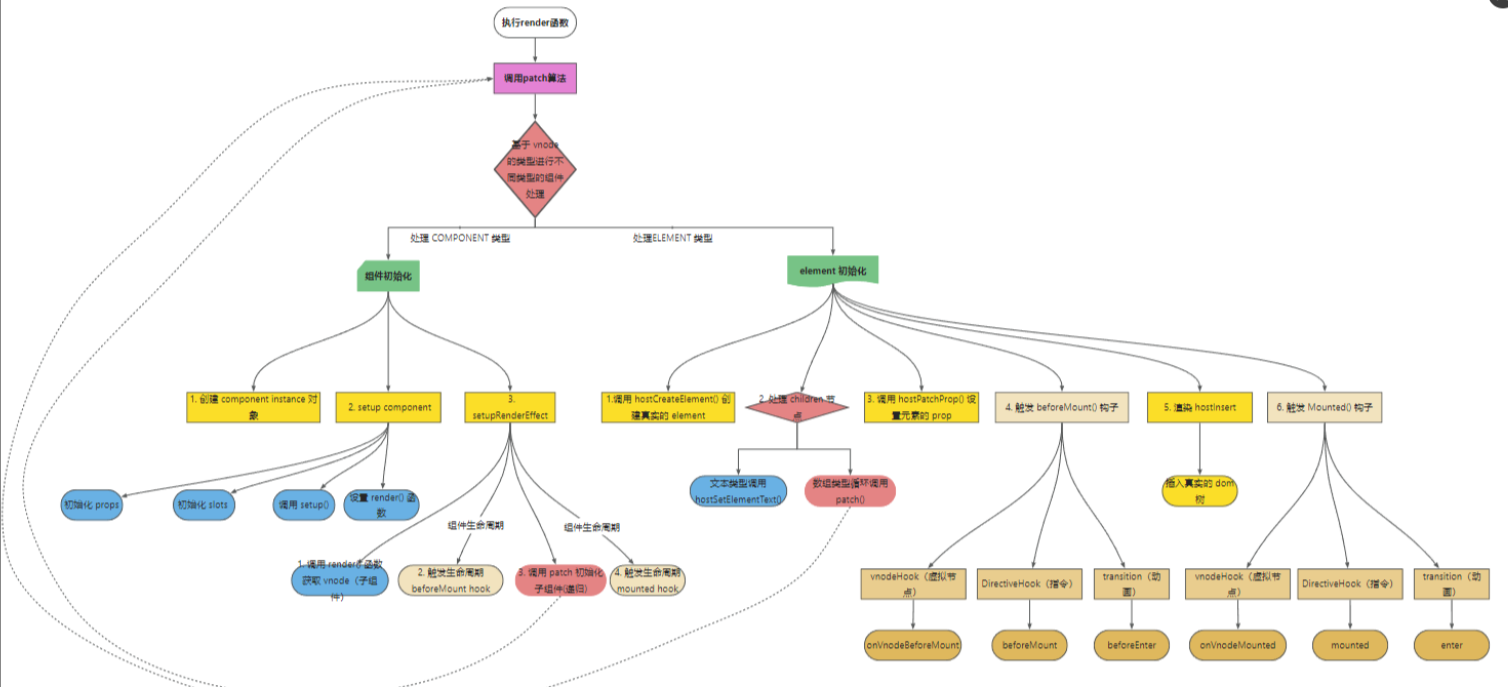
h.ts
/*
// type only
h('div')
// type + props
h('div', {})
// type + omit props + children
// Omit props does NOT support named slots
h('div', []) // array
h('div', 'foo') // text
h('div', h('br')) // vnode
h(Component, () => {}) // default slot
// type + props + children
h('div', {}, []) // array
h('div', {}, 'foo') // text
h('div', {}, h('br')) // vnode
h(Component, {}, () => {}) // default slot
h(Component, {}, {}) // named slots
// named slots without props requires explicit `null` to avoid ambiguity
h(Component, null, {})
**/
import { isArray, isObject } from '@vue/shared';
import { createVNode, isVNode } from './vnode';
export function h(type, propsOrChildren?, children?) {
const l = arguments.length;
if (l === 2) {
if (isObject(propsOrChildren) && !isArray(propsOrChildren)) {
if (isVNode(propsOrChildren)) {
return createVNode(type, null, [propsOrChildren]);
}
return createVNode(type, propsOrChildren);
} else {
return createVNode(type, null, propsOrChildren);
}
} else {
if (l > 3) {
children = Array.prototype.slice.call(arguments, 2);
} else if (l === 3 && isVNode(children)) {
children = [children];
}
return createVNode(type, propsOrChildren, children);
}
}
h方法对创建虚拟节点操作进行了二次封装,使用法变得多种多样
packages/runtime-core/src/renderer.ts
挂载及卸载DOM节点
import { isString, ShapeFlags } from '@vue/shared';
import { createVNode, isSameVNode, Text } from './vnode';
export function createRenderer(renderOptions) {
let {
insert: hostInsert,
createElement: hostCreateElement,
createText: hostCreateText,
remove: hostRemove,
setElementText: hostSetElementText,
setText: hostSetText,
querySelector: hostQuerySelector,
parentNode: hostParentNode,
nextSibling: hostNextSibling,
patchProp: hostPatchProp,
} = renderOptions;
const normalize = (child, i) => {
if (isString(child[i])) {
let vnode = createVNode(Text, null, child[i]);
child[i] = vnode;
return child[i];
}
return child[i];
};
// 递归挂载子节点
const mountChildren = (children, container) => {
for (let i = 0; i < children.length; i++) {
let child = normalize(children, i);
patch(null, child, container);
}
};
const mountElement = (vnode, container) => {
let { type, props, children, shapeFlag } = vnode;
// 挂载真实dom到vnode上
let el = (vnode.el = hostCreateElement(type));
// 属性
if (props) {
for (const key in props) {
hostPatchProp(el, key, null, props[key]);
}
}
// 子节点处理,& 预算判断是否为某一个类型
if (shapeFlag & ShapeFlags.TEXT_CHILDREN) {
// 文本
hostSetElementText(el, children);
} else if (shapeFlag & ShapeFlags.ARRAY_CHILDREN) {
mountChildren(children, el);
}
// 插入真实dom到容器中
hostInsert(el, container);
};
const processText = (n1, n2, container) => {
if (n1 === null) {
hostInsert((n2.el = hostCreateText(n2.children)), container);
} else {
// 文本内容变化,节点复用
const el = (n2.el = n1.el);
if (n1.children !== n2.children) {
// 更新文本
hostSetText(el, n2.children);
}
}
};
const patchProps = (oldProps, newProps, el) => {
for (let key in newProps) {
hostPatchProp(el, key, oldProps[key], newProps[key]);
}
for (let key in oldProps) {
if (!newProps[key]) {
hostPatchProp(el, key, oldProps[key], undefined);
}
}
};
const unmountChildren = (children) => {
for (let i = 0; i < children.length; i++) {
unmount(children[i]);
}
};
// 比较两个节点的差异
const patchKeyChildren = (c1, c2, el) => {
};
// 比较两个节点的子节点,el为当前父节点
const patchChildren = (n1, n2, el) => {
const c1 = n1.children;
const c2 = n2.children;
const prevShapeFlag = n1.shapeFlag;
const shapeFlag = n2.shapeFlag;
// 新值为文本
if (shapeFlag & ShapeFlags.TEXT_CHILDREN) {
// 旧值为数组
if (prevShapeFlag & ShapeFlags.ARRAY_CHILDREN) {
// 文本 数组
unmountChildren(c1);
}
if (c1 !== c2) {
// 文本 文本
hostSetElementText(el, c2);
}
} else {
// 旧值为数组
if (prevShapeFlag & ShapeFlags.ARRAY_CHILDREN) {
// 新值为数组
if (shapeFlag & ShapeFlags.ARRAY_CHILDREN) {
// 数组 数组 diff
patchKeyChildren(c1, c2, el); // 全量更新,同级比较
} else {
// 空 数组
unmountChildren(c1);
}
} else {
if (prevShapeFlag & ShapeFlags.TEXT_CHILDREN) {
// 空 文本
// 数组 文本
hostSetElementText(el, '');
}
if (shapeFlag & ShapeFlags.ARRAY_CHILDREN) {
// 数组 空
// 数组 文本
mountChildren(c2, el);
}
}
}
};
// 先复用节点,然后比较属性,再比较子节点
const patchElement = (n1, n2) => {
// 复用节点
let el = (n2.el = n1.el);
let oldProps = n1.props || {};
let newProps = n2.props || {};
patchProps(oldProps, newProps, el);
patchChildren(n1, n2, el);
};
const processElement = (n1, n2, container) => {
if (n1 === null) {
mountElement(n2, container);
} else {
// 对比元素
patchElement(n1, n2);
}
};
const patch = (n1, n2, container) => {
if (n1 === n2) {
return;
}
// 如果新值与老值完全没有可比性,删除老值,创建新值
if (n1 && !isSameVNode(n1, n2)) {
unmount(n1);
n1 = null;
}
const { type, shapeFlag } = n2;
switch (type) {
case Text: // 文本
processText(n1, n2, container);
break;
default:
if (shapeFlag & ShapeFlags.ELEMENT) {
// 元素
processElement(n1, n2, container);
}
break;
}
};
const unmount = (vnode) => {
hostRemove(vnode.el);
};
const render = (vnode, container) => {
if (vnode === null) {
// 卸载dom
if (container._vnode) {
unmount(container._vnode);
}
} else {
// 初始化及更新
patch(container._vnode || null, vnode, container);
}
// 缓存下次直接更新
container._vnode = vnode;
};
return { render };
}
// packages/runtime-core/src/renderer.ts
function baseCreateRenderer(
options: RendererOptions,
createHydrationFns?: typeof createHydrationFunctions
): any {
const {
insert: hostInsert,
remove: hostRemove,
patchProp: hostPatchProp,
forcePatchProp: hostForcePatchProp,
createElement: hostCreateElement,
createText: hostCreateText,
createComment: hostCreateComment,
setText: hostSetText,
setElementText: hostSetElementText,
parentNode: hostParentNode,
nextSibling: hostNextSibling,
setScopeId: hostSetScopeId = NOOP,
cloneNode: hostCloneNode,
insertStaticContent: hostInsertStaticContent
} = options
// 声明了许多操作函数,约2000行
return {
render,
hydrate,
createApp: createAppAPI(render, hydrate)
}
}
在调用完baseCreateRenderer后主要返回了三个函数:render,hydrate,createApp。
此时renderer便创建完成了
render
当我们拥有这个vnode后,就开始进入渲染阶段了。render(vnode, rootContainer),可以看到传入的参数为vnode以及根元素的容器,接下来让我们继续深入。
不知道你是否还记得,这个render函数是在调用createAPI时传入的第一个参数,因此这个函数来源于runtime-core中的baseCreateRenderer
// packages/runtime-core/src/renderer.ts
const render: RootRenderFunction = (vnode, container) => {
// (判断进行卸载还是渲染
if (vnode == null) {
if (container._vnode) {
unmount(container._vnode, null, null, true) // 卸载
}
} else {
patch(container._vnode || null, vnode, container) // 创建或更新组件,进行dom diff和渲染
}
flushPostFlushCbs() // 回调调度器,使用Promise实现,与Vue2的区别是Vue2是宏任务或微任务来处理的
container._vnode = vnode // 缓存vnode节点,证明已经渲染完成,方便后续diff操作
}
在render函数中,对vnode的存在进行了判断,如果为空,则对组件进行销毁,否则将调用patch,创建组件。
接下来让我们继续进入patch函数
// packages/runtime-core/src/renderer.ts
const patch: PatchFn = (
n1, // 旧
n2, // 新
container, // 容器
anchor = null,
parentComponent = null,
parentSuspense = null,
isSVG = false,
optimized = false
) => {
// 如果两者类型不同,则直接卸载n1
if (n1 && !isSameVNodeType(n1, n2)) {
anchor = getNextHostNode(n1)
unmount(n1, parentComponent, parentSuspense, true)
n1 = null
}
if (n2.patchFlag === PatchFlags.BAIL) {
optimized = false
n2.dynamicChildren = null
}
const { type, ref, shapeFlag } = n2
// 根据不同的节点类型来进行不同的process方法
switch (type) {
case Text: // 文本
processText(n1, n2, container, anchor)
break
case Comment: // 注释
processCommentNode(n1, n2, container, anchor)
break
case Static: // 静态
if (n1 == null) {
mountStaticNode(n2, container, anchor, isSVG)
} else if (__DEV__) {
patchStaticNode(n1, n2, container, isSVG)
}
break
case Fragment: // 片段(dom数组)
processFragment(
// ...
)
break
default:
if (shapeFlag & ShapeFlags.ELEMENT) { // 原生节点(div)
processElement(
// ...
)
} else if (shapeFlag & ShapeFlags.COMPONENT) { // 组件,根组件即通过processComponent处理
processComponent(
// ...
)
} else if (shapeFlag & ShapeFlags.TELEPORT) { // 传送组件
;(type as typeof TeleportImpl).process(
// ...
)
} else if (__FEATURE_SUSPENSE__ && shapeFlag & ShapeFlags.SUSPENSE) { // 挂起组件-异步渲染
;(type as typeof SuspenseImpl).process(
// ...
)
} else if (__DEV__) {
warn('Invalid VNode type:', type, `(${typeof type})`)
}
}
// 处理节点之后处理ref
if (ref != null && parentComponent) {
setRef(ref, n1 && n1.ref, parentSuspense, n2)
}
}
我们可以看到在创建vnode时定义的shapeFlag,在这里发挥了作用。根组件经过逻辑流程之后也进入了processComponent之中。
packages/runtime-dom/src/nodeOps.ts
// packages/runtime-dom/src/nodeOps.ts
export const nodeOps: Omit<RendererOptions<Node, Element>, 'patchProp'> = {
insert: (child, parent, anchor) => {
parent.insertBefore(child, anchor || null)
},
remove: child => {
const parent = child.parentNode
if (parent) {
parent.removeChild(child)
}
},
// ...
}
其实就是对于dom操作的封装。那为什么要在runtime-dom中传入,runtime-core拆解?
其实是因为在Vue3中runtime-core和runtime-dom的拆分,runtime-core不应该关心实际的操作,这样当新平台要接入时(比如weex)就可以只实现属于自己平台的nodeOps。
总结:创建renderer的函数调用顺序为
- ensureRenderer()
- createRenderer()
- baseCreateRenderer()
packages/runtime-core/src/apiCreateApp.ts
创建app
当创建完renderer后返回了3个函数,我们可以看到其中createApp实际上是引用了createAppAPI(render, hydrate),所以其实const app = ensureRenderer().createApp(…args)创建app实例时,调用的是createAppAPI的返回值(运用柯里化,返回的是一个函数)
// packages/runtime-core/src/apiCreateApp.ts
export function createAppContext(): AppContext {
return {
app: null as any, // 刚创建时为空
config: {
isNativeTag: NO,
performance: false,
globalProperties: {},
optionMergeStrategies: {},
isCustomElement: NO,
errorHandler: undefined,
warnHandler: undefined
},
mixins: [],
components: {},
directives: {},
provides: Object.create(null)
}
}
export function createAppAPI<HostElement>(
render: RootRenderFunction,
hydrate?: RootHydrateFunction
): CreateAppFunction<HostElement> {
return function createApp(rootComponent, rootProps = null) {
// 检验root props
if (rootProps != null && !isObject(rootProps)) {
__DEV__ && warn(`root props passed to app.mount() must be an object.`)
rootProps = null
}
const context = createAppContext(); // 创建context
const installedPlugins = new Set(); // 创建插件列表集合,储存已安装的插件
let isMounted = false;
const app: App = (context.app = {
_component: rootComponent as Component,
_props: rootProps,
_container: null,
_context: context,
version,
get config() {},
set config() {}
use() {},
mixin() {},
component() {},
mount() {}
// ...
})
return app // 返回创建的app实例
};
}
看完上面的代码后结果就很清楚了,当我们调用createApp时,返回的app上有着许多函数方法和属性,相信你对这些函数方法并不陌生,这些就是vue2.x中在Vue上的那些API:use、mixin、component,在vue3则是被挂载到了app实例上
需要注意的是:我们在应用中调用的createApp(App),其中的APP就是第一个参数,作为根组件
mount
// packages/runtime-core/src/apiCreateApp.ts
mount(rootContainer: HostElement, isHydrate?: boolean): any {
if (!isMounted) {
// 1.创建vnode
const vnode = createVNode(
rootComponent as ConcreteComponent, // App组件
rootProps
)
vnode.appContext = context // 保存context在根节点上
// HMR root reload
if (__DEV__) {
// ...
}
if (isHydrate && hydrate) {
hydrate(vnode as VNode<Node, Element>, rootContainer as any)
} else {
render(vnode, rootContainer) // 2.进入render,函数来源于runtime-core
}
isMounted = true // 修改状态
app._container = rootContainer
// for devtools and telemetry
;(rootContainer as any).__vue_app__ = app
if (__DEV__ || __FEATURE_PROD_DEVTOOLS__) {
devtoolsInitApp(app, version)
}
return vnode.component!.proxy // 返回vnode.component的代理
} else if (__DEV__) {
// ...
}
},
runtime-core中mount方法主要做了两件事:创建vnode和调用render进入渲染。这里我们先简略的介绍一下这两个函数的作用。
在创建vnode时调用了createVNode(),并将根组件作为参数传入。
在得到vnode之后又调用了render()开始进行渲染。
最后mount函数的返回值为vnode.component的代理。
packages/runtime-core/src/vnode.ts
创建虚拟节点
import { isArray, isString, ShapeFlags } from '@vue/shared';
export const Text = Symbol('Text');
export function isVNode(value) {
return !!(value && value.__v_isVnode);
}
/**
* 创建虚拟节点
* @param type 虚拟节点类型
* @param props 属性
* @param children 子节点
*/
export function createVNode(type, props, children = null) {
let shapeFlag = isString(type) ? ShapeFlags.ELEMENT : 0;
// 虚拟dom,可以跨平台,性能好
const vnode = {
__v_isVnode: true, // 是否是虚拟节点
shapeFlag, // 类型标识
type, // 节点类型
props, // 属性
children, // 子节点
key: props?.key, // key
/**
* 对应的真实节点,后续diff算法比对两个vnode时会替换新的属性值,并更新el
*/
el: null,
};
if (children) {
let type = 0;
if (isArray(children)) {
type = ShapeFlags.ARRAY_CHILDREN;
} else {
children = String(children);
type = ShapeFlags.TEXT_CHILDREN;
}
// 通过位运算将当前vnode类型及子节点类型存储起来
vnode.shapeFlag |= type;
}
return vnode;
}
虚拟节点不用考虑平台兼容,并且可以将虚拟节点利用js存储并进行比对后再渲染真实dom,不用频繁操作dom元素,性能更好
createVNode
// packages/runtime-core/src/vnode.ts
export const createVNode = (__DEV__
? createVNodeWithArgsTransform
: _createVNode) as typeof _createVNode
// 实际调用
function _createVNode(
type: VNodeTypes | ClassComponent | typeof NULL_DYNAMIC_COMPONENT,
props: (Data & VNodeProps) | null = null,
children: unknown = null,
patchFlag: number = 0, // patch flag默认为0
dynamicProps: string[] | null = null,
isBlockNode = false
): VNode {
// ...
// ...
// class & style normalization
// 处理props,标准化calss和style
if (props) {
// for reactive or proxy objects, we need to clone it to enable mutation.
if (isProxy(props) || InternalObjectKey in props) {
props = extend({}, props)
}
let { class: klass, style } = props
if (klass && !isString(klass)) {
props.class = normalizeClass(klass) // 标准化class
}
if (isObject(style)) {
// reactive state objects need to be cloned since they are likely to be
// mutated
if (isProxy(style) && !isArray(style)) {
style = extend({}, style)
}
props.style = normalizeStyle(style) // 标准化style
}
}
// 定义shapeFlag
// encode the vnode type information into a bitmap
const shapeFlag = isString(type)
? ShapeFlags.ELEMENT
: __FEATURE_SUSPENSE__ && isSuspense(type)
? ShapeFlags.SUSPENSE
: isTeleport(type)
? ShapeFlags.TELEPORT
: isObject(type)
? ShapeFlags.STATEFUL_COMPONENT // 根组件shapeFlag
: isFunction(type)
? ShapeFlags.FUNCTIONAL_COMPONENT
: 0
// ...
// 创建vnode对象
const vnode: VNode = {
__v_isVNode: true,
[ReactiveFlags.SKIP]: true,
type,
props,
key: props && normalizeKey(props),
ref: props && normalizeRef(props),
scopeId: currentScopeId,
children: null,
component: null,
suspense: null,
ssContent: null,
ssFallback: null,
dirs: null,
transition: null,
el: null,
anchor: null,
target: null,
targetAnchor: null,
staticCount: 0,
shapeFlag,
patchFlag,
dynamicProps,
dynamicChildren: null,
appContext: null
}
// ...
normalizeChildren(vnode, children) // 标准化子节点
// ...
return vnode // 返回创建完的vnode
}
可以看到createVNode主要做了四件事:
- 处理props:标准化class和style,如果是响应式元素则会被克隆
- 定义shapeFlag:shapeFlag用于对元素进行标记,比如文本、注释、组件等等。主要是为了在render的时候可以根据不同的元素类型来进行不同的patch操作。
- 创建vnode对象
- 标准化子节点:把不同数据类型的 children 转成数组或者文本类型
shapeFlag的定义如下:
// packages/runtime-core/src/renderer.ts
const patch: PatchFn = (
n1, // 旧
n2, // 新
container, // 容器
anchor = null,
parentComponent = null,
parentSuspense = null,
isSVG = false,
optimized = false
) => {
// 如果两者类型不同,则直接卸载n1
if (n1 && !isSameVNodeType(n1, n2)) {
anchor = getNextHostNode(n1)
unmount(n1, parentComponent, parentSuspense, true)
n1 = null
}
if (n2.patchFlag === PatchFlags.BAIL) {
optimized = false
n2.dynamicChildren = null
}
const { type, ref, shapeFlag } = n2
// 根据不同的节点类型来进行不同的process方法
switch (type) {
case Text: // 文本
processText(n1, n2, container, anchor)
break
case Comment: // 注释
processCommentNode(n1, n2, container, anchor)
break
case Static: // 静态
if (n1 == null) {
mountStaticNode(n2, container, anchor, isSVG)
} else if (__DEV__) {
patchStaticNode(n1, n2, container, isSVG)
}
break
case Fragment: // 片段(dom数组)
processFragment(
// ...
)
break
default:
if (shapeFlag & ShapeFlags.ELEMENT) { // 原生节点(div)
processElement(
// ...
)
} else if (shapeFlag & ShapeFlags.COMPONENT) { // 组件,根组件即通过processComponent处理
processComponent(
// ...
)
} else if (shapeFlag & ShapeFlags.TELEPORT) { // 传送组件
;(type as typeof TeleportImpl).process(
// ...
)
} else if (__FEATURE_SUSPENSE__ && shapeFlag & ShapeFlags.SUSPENSE) { // 挂起组件-异步渲染
;(type as typeof SuspenseImpl).process(
// ...
)
} else if (__DEV__) {
warn('Invalid VNode type:', type, `(${typeof type})`)
}
}
// 处理节点之后处理ref
if (ref != null && parentComponent) {
setRef(ref, n1 && n1.ref, parentSuspense, n2)
}
}
我们可以看到在创建vnode时定义的shapeFlag,在这里发挥了作用。根组件经过逻辑流程之后也进入了processComponent之中。
来源
Vue3源码学习之路-实现runtime-core
【Vue3源码Runtime-core篇】 第二章初始化Component
代码先锋网
